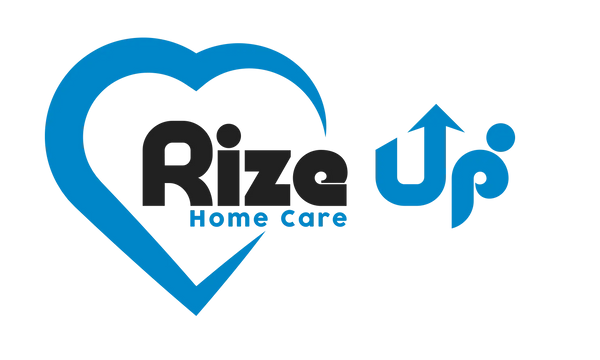For older adults, falls have lasting and detrimental mental and physical effects. Falls account for 87% of fractures and are the leading cause of spinal cord injuries in adults over 65.
Unfortunately, despite these harrowing statistics, we are hardly in control over when and where someone may fall. The best thing nursing homes, assisted living facilities, and home care providers can do is be prepared by understanding what causes falling and how to help someone back up quickly.
To reduce the risk factors for falling, you must identify factors that put certain patients at greater risk than others. According to the American Family Physician, many risks factors for falling all stem from age-related changes:
- Using a cane or walker
- Previous falls
- Illness
- Muscular disorders
- Medications
Assessing physical changes associated with the aging process is key to reducing the risk of falling. The most common reasons why older adults may fall include:
- Inflammation of joints
- Visual abnormalities
- Balance problems
- Foot problems
- Poor nutrition
Can Age-Related Changes be Stopped?
The aging process should be a peaceful, comfortable, safe journey. When changes put someone at greater risk for falling, it's natural to seek a solution. While you can't prevent illness and aging from happening, you can take safety precautions to reduce the risk of falling, regardless of what age-related changes someone is experiencing.
You cannot stop age-related changes. However, you CAN make accommodations for conditions that increase someone's risk of falling.
What Causes Falling?
Injuries in older adults, specifically from falling, usually stem from preventable accidents, like falling from a bed, slipping on a floor, arthritis-related pain, etc.
The key to fall prevention is putting measures in place to accommodate specific risk factors. For example, if someone uses a walker, slipping on the floor could easily cause them to fall. Therefore, you must ensure that the walker has adequate traction or the floor is not a slippery material.
What Happens When a Patient Falls?
Even if you take all of the necessary precautions, someone may still fall. When that does occur, you also have to be prepared to help them back up without hurting them further. A fast and safe lifting process ensures they can seek prompt medical attention and prevents any injuries from the fall from worsening as they wait to be lifted or during the lifting process.
That's why Rize Up Home Care is passionate about our Raizer M Lifting Chair. The Raizer M is a portable lifting device that you can use to help someone up from a fall in minutes. It's mechanically operated and leverages the fallen person's own body weight to prevent further injuries from the lifting process (and prevent the person doing the lifting from being injured too).
Prevention and Preparedness
Reducing the risk of falling calls for prevention and preparedness. Whether you work in an assisted living facility, provide in-home care, or are caring for a loved one, ask yourself what precautions you can take for someone's specific needs. Furthermore, when a fall occurs, make sure you have the right tools to help them up safely.
Always assess the situation before making medical decisions to help another person. Lifting devices should only be used in certain situations which can be assessed and determined that it is safe to use. If you are uncertain, please seek a medical professional for help. Always use your best judgement. The Raizer Lifting Chairs make the lifting process faster, easier and ensure proper lifting technique. That does not mean that they are suitable for every situation.

